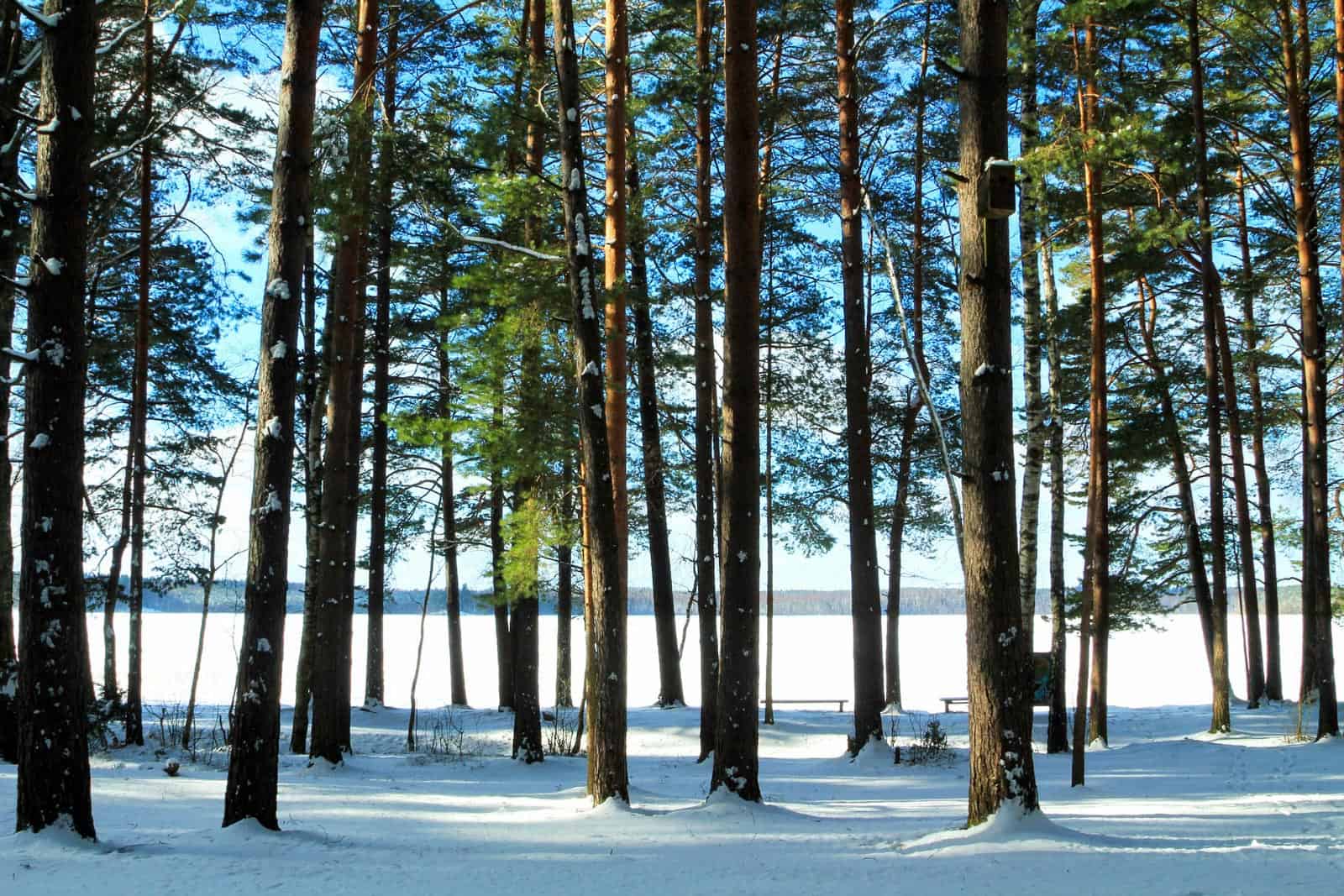From Wilderness management to Wilderness stewardship
The growing experience of Wilderness conservation in Europe in the last few years has proved a need to communicate about and gradually shift from Wilderness management to Wilderness stewardship. The reason for that is that Wilderness stewardship is fundamentally a more holistic approach than Wilderness management and better fits the needs of Wilderness conservation. In the practice it means that the managers must first determine whether there is a need for any management action at all.
The European Wilderness Society recently updated a guiding document dealing with Wilderness Stewardship in Europe. This document provides a wide spectrum of experiences covering why, when and how to shift from Wilderness management to Wilderness stewardship. The essence of Wilderness stewardship is non-intervention management. For Wilderness stewards and protected area managers, this means deciding to keep a hands-off approach in order to enable nature and its dynamic processes to occur and evolve freely and undisturbed.
Please also read: The Challenges Of Nature Tourism In Wilderness to learn about importance of tourism.
Benefit of Wilderness stewardship
The fundamental element of Wilderness stewardship involves Wilderness stewards first determining whether there is a need for any management action before implementing it. In practice that means that for example in a case when Wilderness is impacted by strong winds and a forest is broken down Wilderness stewards should not run into the the forest with a chain saw and tractor to clean broken trees and hope that that measure will save the forest.
Wilderness stewards have to act calmly and think twice before they make any measures. Firstly, they must calm down, step back a little bit and in a team discuss if this kind of natural disturbance is part of spontaneous dynamic processes. It is useful if one repeats to them self what the fundamental characteristics of Wilderness are to help make a decision if there is an actual a need to clean such a broken forest and spend additional money to plant new trees.
Instead of this it is recommended that the Wilderness stewards will spend their resources and capacity to communicate the importance of natural disturbances in the life of Wilderness. An important part of that step is to share that message with all relevant partners and users of the particular area such as landowners and visitors, as well as the local people, including foresters and even with schools.
Holistic approach to Wilderness stewardship
An holistic approach to Wilderness stewardship means encompassing the whole complexity of Wilderness conservation and not just a single part. The latter is unfortunately quite common, particularly when the holistic approach is not systematically incorporated. An holistic approach to Wilderness means that professional Wilderness stewards look at the whole picture of Wilderness conservation for answers on how to deal with particular daily practical activities, for example, the impact of strong winds.
Physical symptoms, such as broken trees in forests impacted by windstorm or upper tree line impacted by avalanche, have to be consider as a part of spontaneous natural process and part of the long term dynamic life of the forest. A disturbance of a forest by windstorm or avalanche are not exceptional events but just two examples of the many other disturbances happening in Wilderness for millennia. From a longer perspective the life and development of the forest in Wilderness is fully dependent on such kinds of disturbances.
Holistic approach deals with complexity
The death of trees by windstorms is just a snapshot of the life of the Wild forest. In reality the life of such forests fully depends on a never ending series of various disturbances, such as heavy snowfall, the impact of insect or fungus, etc.
In short, the holistic approach to Wilderness means that we must treat Wilderness as a complex subject, instead of treating these events such as windstorms or avalanches as only individual, separated events. This is the fundamental baseline for Wilderness stewardship.
Quick shift from Wilderness stewardship back to Wilderness management happens pretty often particularly when holistic approach is not systematically incorporated. The frequent reason when we have a temptation to skip stewardship approach is our concern that forest broken for example by wind needs a help of people otherwise would not recover or recover slowly or in a way we do not like, etc. These all are question popping-up in a mind of Wilderness managers but not Wilderness stewards,
















